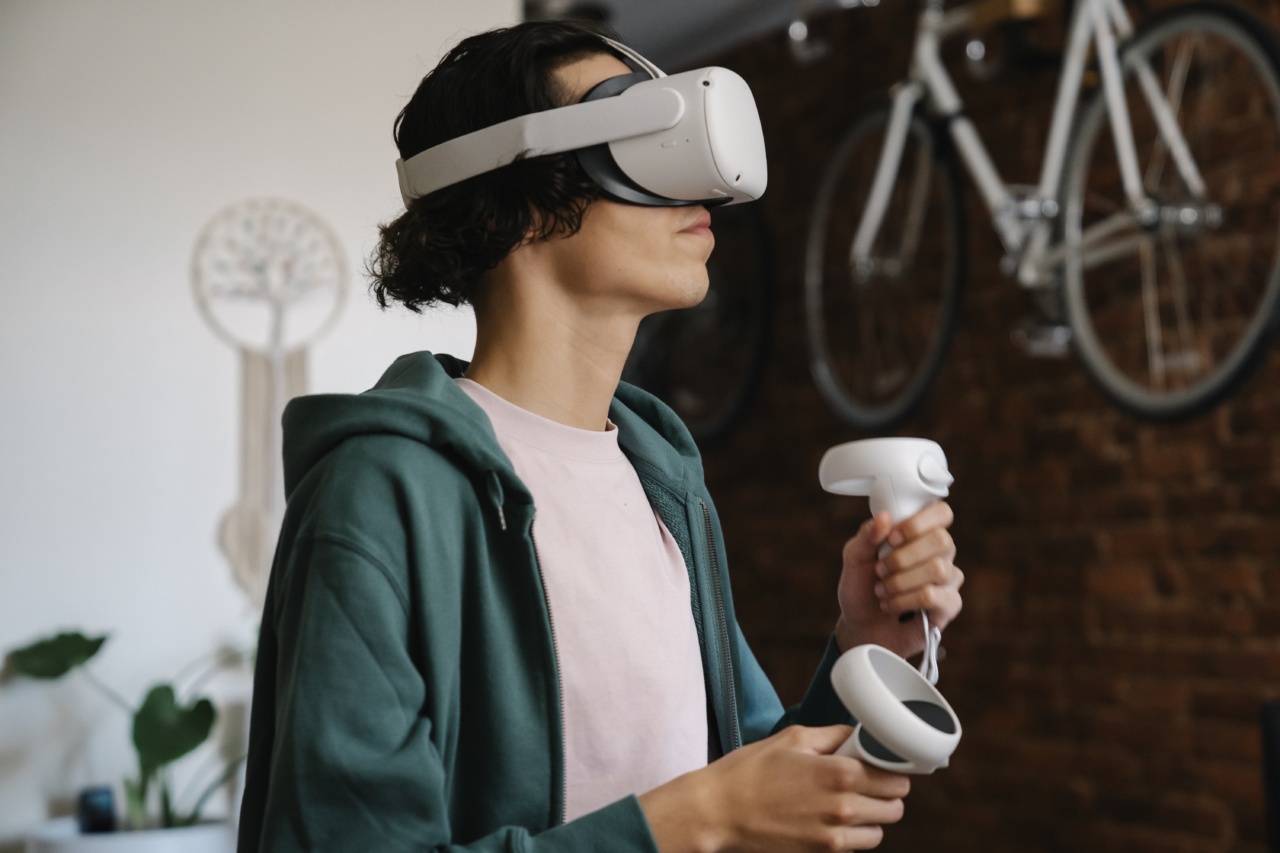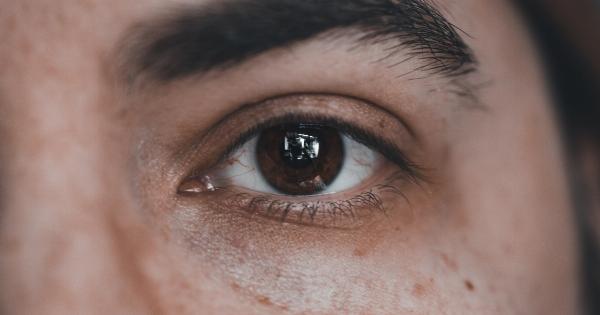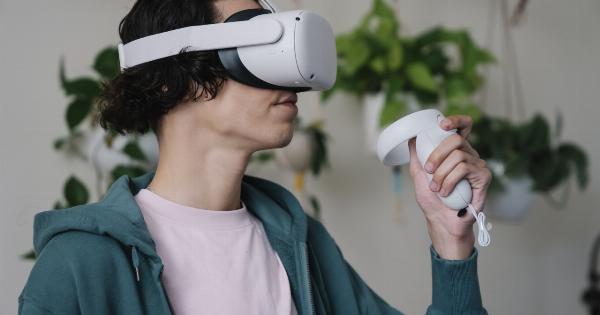Dogs and cats are two of the most popular pets worldwide. They both exhibit unique visual capabilities that play a crucial role in their hunting, navigating, and social interactions.
This article aims to compare the visual perception of dogs and cats in different environments, shedding light on their similarities and differences.
Visual Acuity
Both dogs and cats have superior visual acuity compared to humans. However, dogs have a lower visual acuity compared to cats. Humans have a visual acuity of 20/20, while dogs and cats have an average visual acuity of 20/75.
This means that dogs and cats need to be closer to an object to see it as clearly as humans do.
Color Vision
Contrary to popular belief, dogs and cats do not see the world in black and white. While their color vision is not as developed as humans’, they are capable of perceiving certain colors.
Dogs have dichromatic color vision, which means they see a limited range of colors, mostly blues and yellows. On the other hand, cats have trichromatic color vision, allowing them to see a broader spectrum of colors, including some shades of red and green.
Depth Perception
Depth perception refers to the ability to perceive the world in three dimensions and accurately judge distances. Dogs rely more on motion parallax, which is the relative motion of objects as an observer moves.
This allows them to estimate distances better than humans. Cats, on the other hand, rely on their binocular vision to perceive depth. Their eyes are positioned in a way that allows them to overlap their visual fields, providing excellent depth perception.
Peripheral Vision
Dogs have a wider field of view compared to humans and cats. While humans have a field of view of around 180 degrees, dogs can see up to 250 degrees. This is due to the position and shape of their eyes.
Cats have a similar field of view to humans, with a slight advantage of a few degrees. However, cats have the ability to focus their vision more sharply on objects, allowing them to spot prey or other objects with greater precision.
Low Light Vision
Both dogs and cats have superior low light vision compared to humans. They possess a structure called the tapetum lucidum, which reflects light back through the retina.
This enhances their sensitivity to low light environments, enabling them to see better in dimly lit areas. However, cats have a higher number of rod cells in their retinas compared to dogs, giving them a significant advantage in low light conditions.
Motion Detection
Dogs and cats excel in detecting motion. Their visual systems are finely tuned to notice even the slightest movement in their environment.
Dogs have been domesticated for thousands of years and possess an innate ability to detect the motion of prey, making them excellent hunting companions. Cats, being natural predators, have highly developed motion detection skills, allowing them to track and capture their prey with precision.
Field of View
The field of view refers to the total area that can be seen without moving the eyes or head. Dogs have a wide horizontal field of view, which contributes to their ability to detect movement.
They have a panoramic view, with a field of view of approximately 240 degrees. Cats, on the other hand, have a slightly narrower field of view, around 200 degrees. However, cats have a higher level of visual acuity within their field of view, enabling them to focus on specific objects more effectively.
Night Vision
Dogs and cats possess remarkable night vision abilities. Dogs have a tapetum lucidum that enhances their ability to see in the dark and detect movement.
They also have a higher concentration of rod cells compared to humans, further improving their night vision. Cats, on the other hand, are true night hunters. They have a tapetum lucidum and a higher number of rod cells in their retinas, allowing them to see prey and navigate in almost complete darkness.
Visual Communication
Dogs and cats use visual cues to communicate with humans and other animals. Dogs have a highly expressive face, which allows them to convey various emotions through facial expressions.
They also use body language, such as tail wagging or ear positioning, to communicate their intentions or mood. Cats, on the other hand, communicate primarily through body language, including ear positions, tail movements, and direct eye contact. They rely less on facial expressions compared to dogs.
Conclusion
In conclusion, while dogs and cats share certain visual capabilities, such as superior low light vision and motion detection, there are notable differences in their visual perception.
Dogs have a wider field of view, rely more on motion parallax for depth perception, and have dichromatic color vision. Cats have a narrower field of view, excellent depth perception through binocular vision, and trichromatic color vision.
Understanding these differences is crucial for pet owners and researchers to provide optimal environments and stimuli for their canine and feline companions.




























